Inclusivity in Fashion - How Brands are Breaking the Mold

Inclusivity in fashion has become a crucial topic in recent years, as the industry takes steps towards breaking traditional molds and embracing diversity. This article explores the significance of inclusivity in fashion and how brands are championing this change.
Understanding the importance of representation and diversity in the fashion industry is key in recognizing why inclusivity matters. Fashion has the power to influence how we perceive ourselves and others, and it should reflect the diverse range of identities and body types that exist within society.
Brands are breaking the mold by implementing various strategies to promote inclusivity. These strategies include expanding size inclusivity to cater to a wider range of body sizes, embracing diversity in models by featuring individuals from different ethnicities, ages, and abilities, creating adaptive fashion for people with disabilities, promoting gender-neutral fashion that challenges traditional gender norms, and collaborating with non-traditional designers who bring unique perspectives to the industry.
The impact of inclusive fashion goes beyond just the clothes we wear. It has the potential to boost self-esteem and body positivity by providing options for all individuals to feel represented and celebrated. Inclusive fashion also encourages social acceptance and empowerment by breaking down barriers and promoting inclusivity as a societal value. It drives innovation and change within the fashion industry, pushing for a more inclusive and progressive future.
Inclusivity in Fashion: Why It Matters
With the fashion industry constantly evolving, the importance of inclusivity has come into sharp focus. In this section, we explore why inclusivity in fashion matters more than ever. Prepare to dive into the world of representation and diversity, discovering how these factors are reshaping the landscape of the fashion industry. From breaking stereotypes to embracing different body types and backgrounds, we uncover the profound impact of inclusivity in this dynamic and ever-changing field. Let's explore why it matters and how it's transforming the mold.
Understanding the Importance of Representation and Diversity in the Fashion Industry
Representation and diversity in the fashion industry are of utmost importance in understanding the significance of inclusivity and breaking away from traditional beauty standards. By wholeheartedly embracing individuals of different races, body types, genders, and abilities, fashion brands can significantly enhance their ability to cater to a diverse customer base. The fashion industry must recognize the importance of representation and diversity to create a more inclusive environment that wholeheartedly celebrates and empowers all individuals. By doing so, the fashion industry can foster a sense of acceptance, empower marginalized communities, and ignite innovation. It is a noteworthy fact that in 2019, New York Fashion Week experienced a remarkable increase, with 40% of models being racially diverse, surpassing the numbers from previous years.
Inclusivity in Fashion: How Brands are Breaking the Mold
How Brands are Breaking the Mold
Fashion brands are shaking up the industry, daring to defy conventions and break free from the mold. From expanding size inclusivity to embracing diverse models, creating adaptive fashion to promoting gender-neutral styles, and collaborating with non-traditional designers, these brands are shaping the future of fashion. Get ready to dive into the exciting ways these fashion powerhouses are flipping the script and challenging traditional norms. Step by step, we'll explore how they're transforming the industry and creating a more inclusive and innovative fashion landscape.
Expanding Size Inclusivity
Expanding size inclusivity in the fashion industry is of utmost importance for creating a more inclusive and diverse environment. Here are some crucial steps that brands can take to achieve this:
- Offer a wide range of sizes: Brands should expand their size range to accommodate different body types and sizes.
- Feature diverse models: Incorporate models of all sizes in advertising campaigns and fashion shows to represent a broader range of body types.
- Create dedicated plus-size collections: Design and produce clothing specifically for plus-size individuals, providing them with stylish and trendy options.
- Ensure inclusive marketing: Utilize inclusive language and imagery in marketing materials to promote body positivity and inclusivity.
- Collaborate with body-positive influencers: Collaborate with influencers who advocate for body positivity and represent diverse body types to enhance visibility and acceptance.
By implementing these essential steps, brands can contribute to breaking the mold and fostering a more inclusive fashion industry.
Embracing Diversity in Models
Embracing diversity in models is crucial for the fashion industry to promote inclusivity and representation. By featuring a variety of models from different backgrounds, races, sizes, and abilities, brands can showcase the beauty and uniqueness of all individuals, while also breaking stereotypes and making people from all walks of life feel seen and represented. Embracing diversity in models also serves as an inspiration, empowering others to embrace their own individuality. Some brands spearheading this movement include Savage X Fenty, renowned for featuring models of all sizes and ethnicities, and Tommy Hilfiger, which recently launched an adaptive fashion line specifically designed for people with disabilities. Through embracing diversity in models, brands can set a positive example and actively contribute to a more inclusive and accepting fashion industry.
Creating Adaptive Fashion
Strategies for Inclusive and Accessible Clothing
Creating adaptive fashion involves a thoughtful consideration of the needs and preferences of individuals with disabilities. To achieve inclusivity, brands are implementing several steps in their design process:
- Collaboration with experts: Brands recognize the importance of partnering with occupational therapists, designers, and individuals with disabilities. By engaging with these stakeholders, brands gain valuable insights and expertise to successfully design adaptive clothing.
- Incorporating adjustable features: Designers are seamlessly integrating adjustable elements into their garments. Features like Velcro fastenings, elastic waistbands, and magnetic closures accommodate different body types and mobility restrictions, ensuring that clothing is adaptable and functional.
- Embracing seamless design: To prioritize comfort for individuals with sensory sensitivities, clothing is meticulously crafted with smooth seams and tag-less labels. By minimizing discomfort and irritation, brands create inclusive fashion that caters to a diverse range of sensory needs.
- Developing accessible garments: Brands are investing in the development of easily wearable clothing. Incorporating front-opening tops, side zippers, and adaptive fastenings, brands ensure that individuals can easily put on and take off garments, promoting independence and convenience.
- Offering diverse sizing: Inclusivity in adaptive fashion is achieved through the availability of a wide range of sizes. By catering to individuals of all body types, brands ensure that adaptive clothing is accessible and celebrates diversity.
By following these strategies, brands are paving the way for a more inclusive and welcoming fashion industry. Through collaboration, innovative designs, and a commitment to accessibility, they are actively enhancing the lives of individuals with disabilities.
Promoting Gender-Neutral Fashion
Promoting gender-neutral fashion is a crucial aspect of fostering inclusivity in the fashion industry. Here are several ways in which brands are challenging norms and breaking barriers:
- Designing clothing for all genders: Brands are developing garments that are suitable for individuals of any gender, thereby defying traditional gender stereotypes.
- Implementing inclusive marketing strategies: Brands are featuring models from diverse backgrounds and genders in their marketing campaigns. This showcases the inclusivity and diversity of their designs and promotes acceptance.
- Collaborating with unconventional designers: Brands are partnering with designers who prioritize gender-neutral fashion. This collaboration brings fresh perspectives and innovative ideas to the industry.
- Introducing gender-neutral collections: Some brands are launching exclusive collections that cater specifically to individuals who prefer gender-neutral clothing, addressing their unique needs and preferences.
By advocating for gender-neutral fashion, brands are taking a significant step towards creating a more inclusive and accepting fashion industry.
Collaborating with Non-Traditional Designers
Collaborating with non-traditional designers in the fashion industry brings fresh perspectives, creativity, and inclusivity to the forefront.
- Breaking stereotypes: Non-traditional designers challenge societal norms and push boundaries in terms of style, gender, and size.
- Representation: Collaborations allow underrepresented communities, such as people of color, the LGBTQ+ community, and individuals with disabilities, to have a voice and be seen in the industry.
- Innovation: Non-traditional designers bring unique cultural influences and experiences that inspire new ideas and designs.
- Diverse perspectives: Collaborations promote diversity and inclusion, leading to more authentic and relatable fashion experiences for consumers.
- Empowerment: Working with non-traditional designers empowers marginalized communities and paves the way for a more inclusive and equal fashion industry.
Collaborating with Non-Traditional Designers in the fashion industry not only brings fresh perspectives, creativity, and inclusivity to the forefront but also contributes to breaking stereotypes, representation, innovation, diverse perspectives, and empowerment.
- Breaking stereotypes: Non-traditional designers challenge societal norms and push boundaries in terms of style, gender, and size.
- Representation: Collaborations allow underrepresented communities, such as people of color, the LGBTQ+ community, and individuals with disabilities, to have a voice and be seen in the industry.
- Innovation: Non-traditional designers bring unique cultural influences and experiences that inspire new ideas and designs.
- Diverse perspectives: Collaborations promote diversity and inclusion, leading to more authentic and relatable fashion experiences for consumers.
- Empowerment: Working with non-traditional designers empowers marginalized communities and paves the way for a more inclusive and equal fashion industry.
The Impact of Inclusive Fashion
Discover the power of inclusive fashion and its profound impact on our society. Unleashing a wave of positive change, this section dives into the transformative effects of this movement. From boosting self-esteem and promoting body positivity to fostering social acceptance and empowerment, we'll uncover how inclusive fashion reshapes perceptions. We'll uncover how it drives innovation and sparks transformative change within the industry. Get ready to be inspired by the incredible journey of inclusivity in fashion.
Boosting Self-Esteem and Body Positivity
Boosting self-esteem and body positivity is crucial for promoting inclusivity in the fashion industry. Here are some ways in which brands are actively contributing to this important movement:
- Providing a wide range of sizing options to accommodate different body types and sizes.
- Including models from diverse races, ethnicities, genders, and abilities in their campaigns and runway shows.
- Designing adaptive fashion that embraces individuals with disabilities, making it more inclusive.
- Advocating for gender-neutral fashion to challenge societal beauty standards and promote freedom of expression.
- Collaborating with non-traditional designers who defy conventional norms of beauty.
By embracing these practices, brands not only enhance self-esteem and promote body positivity, but also foster a more inclusive and empowering environment in the fashion industry.
Encouraging Social Acceptance and Empowerment
Encouraging social acceptance and empowerment is a vital aspect of inclusive fashion. By featuring diverse models in their campaigns, brands send a powerful message that everyone is beautiful and deserves representation. This helps break down societal stereotypes and promotes acceptance of different body types, races, genders, and abilities. Inclusive fashion empowers individuals by allowing them to express their unique identities and celebrate their individuality. Through inclusive initiatives, the fashion industry plays a crucial role in fostering a more inclusive and accepting society. A true example of encouraging social acceptance and empowerment is the iconic "We Can Do It!" poster, which symbolizes women's empowerment and resilience.
Driving Innovation and Change in the Industry
Driving innovation and change in the fashion industry is crucial for the evolution and growth of the sector. Brands that embrace inclusivity are at the forefront of driving this change. By challenging traditional norms and breaking barriers, these brands push the boundaries of creativity and open up new possibilities for designers and consumers alike. They inspire fresh ideas, encourage collaboration, and foster a more diverse and dynamic fashion landscape. Through their innovative approaches, these brands set a precedent for the industry, showing that when fashion embraces inclusivity, it can lead to transformative and groundbreaking advancements. By driving innovation and change, these brands shape the future of fashion.
Suggestions:
- Foster collaborations between established designers and emerging talent
- Invest in research and development to create technologically advanced and sustainable fashion
- Provide platforms for underrepresented voices and perspectives
- Support and mentor young designers from diverse backgrounds
Driving innovation and change in the fashion industry is essential for its evolution and growth. Brands that prioritize inclusivity are leading the way in driving this change. By challenging conventions and breaking down barriers, these brands not only push the boundaries of creativity but also open up new opportunities for designers and consumers alike. They inspire fresh ideas, promote collaboration, and cultivate a more diverse and dynamic fashion landscape. Through their innovative approaches, these brands establish a benchmark for the industry, demonstrating that embracing inclusivity in fashion can result in transformative and revolutionary progress. By driving innovation and change, these brands are shaping the future of fashion.
Suggestions:
- Encourage collaborations between established designers and emerging talent
- Invest in research and development to create technologically advanced and sustainable fashion
- Provide platforms for underrepresented voices and perspectives
- Support and mentor young designers from diverse backgrounds
Some Facts About Inclusivity in Fashion: How Brands are Breaking the Mold:
- ✅ Some fashion brands falsely claim to be inclusive while exploiting people for their own gain. (Source: Our Team)
- ✅ Brands that only give freebies to people without featuring their bodies on their main social media pages are not truly inclusive. (Source: Our Team)
- ✅ Inclusion in fashion should not be based solely on the number of followers someone has; brands should prioritize featuring real people. (Source: Our Team)
- ✅ True inclusivity means considering the vulnerability of others and being supportive rather than seeing them as just a number. (Source: Our Team)
- ✅ Brands have the power to create change and should pave the way for true representation by breaking the mold. (Source: Our Team)
Frequently Asked Questions
1. How are fashion brands breaking the mold of conventional ideals in the beauty and fashion world?
Many fashion brands are challenging the limited perspectives of beauty and promoting inclusivity by featuring diverse runways with models and non-professionals of all shapes, sizes, ages, races, and genders. They are subverting the status quo and prioritizing true representation and diversity.
2. Which fashion labels prioritize inclusivity and true representation?
Eckhaus Latta, Kenzo, and Telfar are among the fashion labels that prioritize inclusivity and true representation. Eckhaus Latta features a cult label that embraces all shapes, sizes, ages, races, and genders. Kenzo maintains a multicultural approach and vibrancy, as seen in their Spring/Summer 2018 show that exclusively featured Asian models. Telfar promotes a progressive philosophy and has been designing non-gendered clothing since 2002.
3. How are fashion designers challenging arbitrary standards set by the beauty and fashion industries?
Fashion designers are challenging arbitrary standards by creating clothing that embraces all body types and disabilities. They are breaking the mold by redesigning employee uniforms, collaborating with diverse runways and lookbooks, and using their platform to gather more representation. They are actively working towards inclusivity and subverting the conventional ideals of the fashion industry.
4. How does true representation in the fashion industry benefit future generations?
True representation in the fashion industry challenges beauty standards and promotes body confidence for those struggling with their self-image. By showcasing diverse bodies and challenging the conventional notions of beauty, the fashion industry paves the way for future generations to accept themselves and their unique beauty. It helps break the mold of what is considered "perfect" and emphasizes that everyone is perfect in their own unique way.
5. How do fashion brands prioritize true representation over the number of followers?
Brands that prioritize true representation understand that inclusion should not be based on the number of followers someone has. They focus on featuring real people with diverse bodies and disabilities, regardless of their social media popularity. The brand's efforts should be centered around considering the vulnerability of others, being supportive, and creating an emotional connection with their audience.
6. What are some challenges faced by individuals who do not fit the traditional beauty and fashion standards?
Individuals who do not fit the traditional beauty and fashion standards often face negative comments, exclusion, and pressure to conform. They may also encounter limited perspectives of beauty and deep-seated issues within the beauty and fashion industries that prioritize a certain look. However, the fashion ideals are changing, and there is a growing recognition of the value of diversity in the industry.
No comments
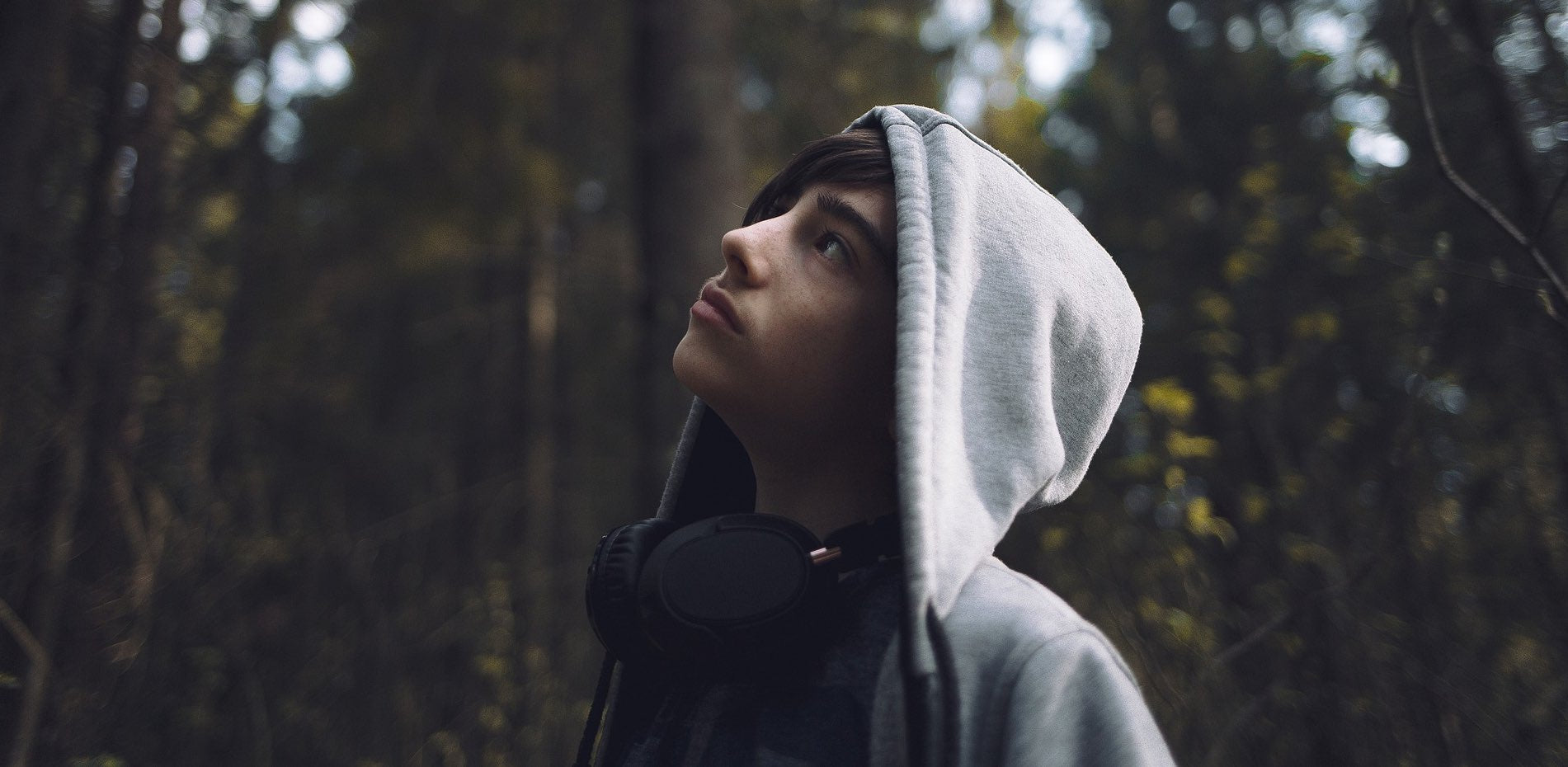
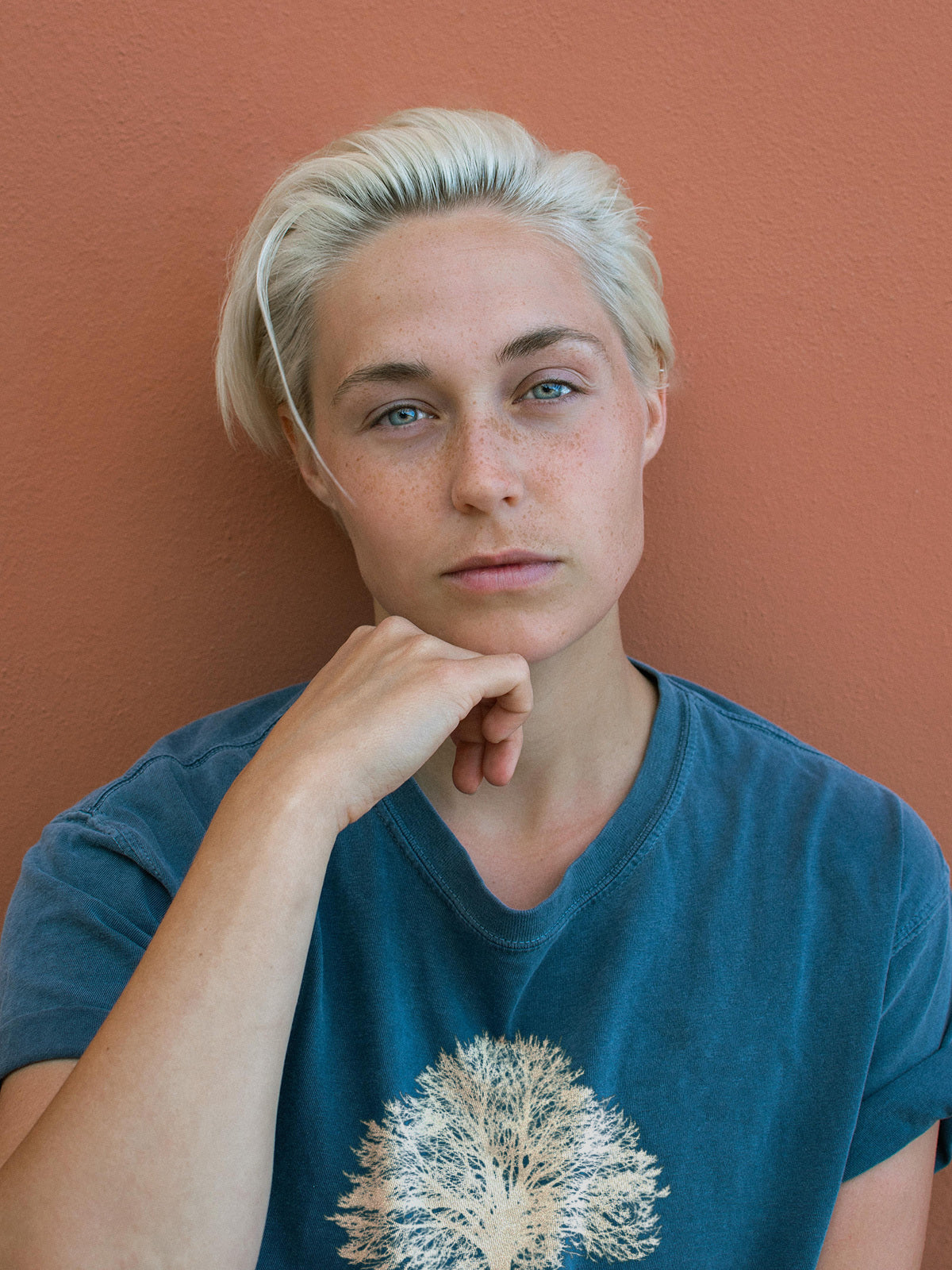
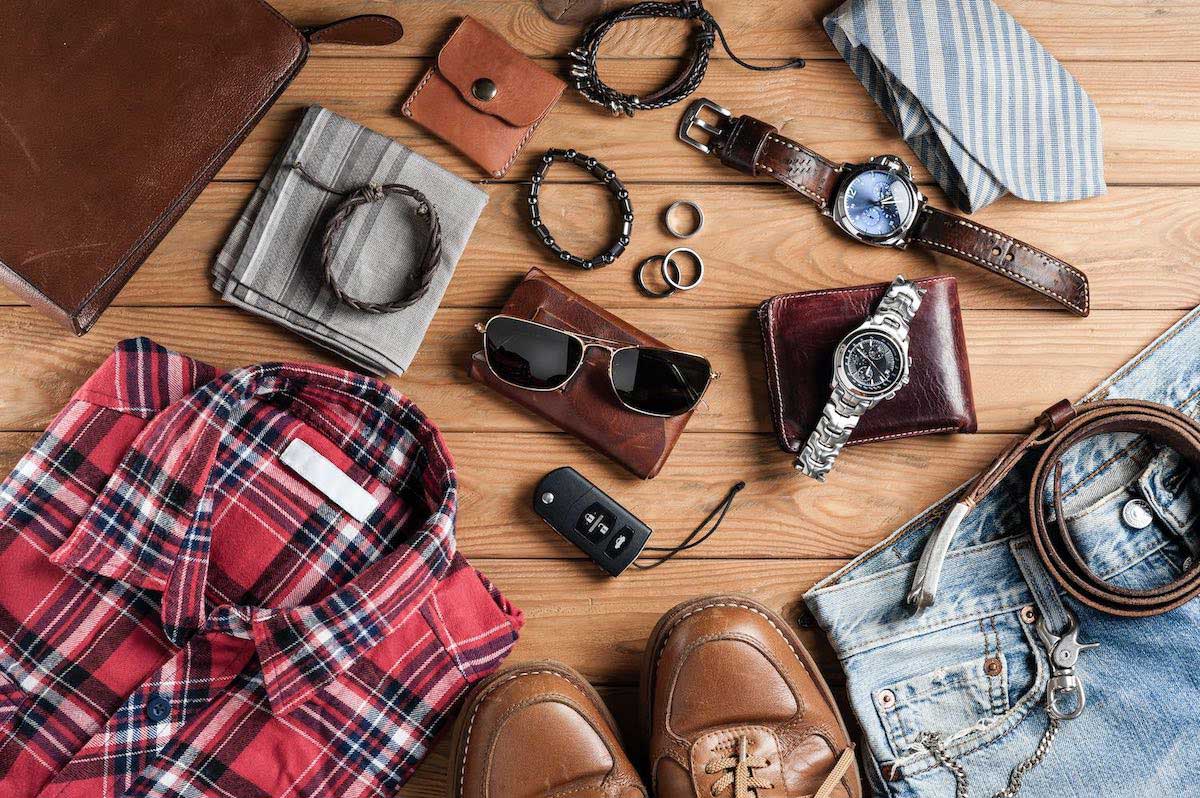
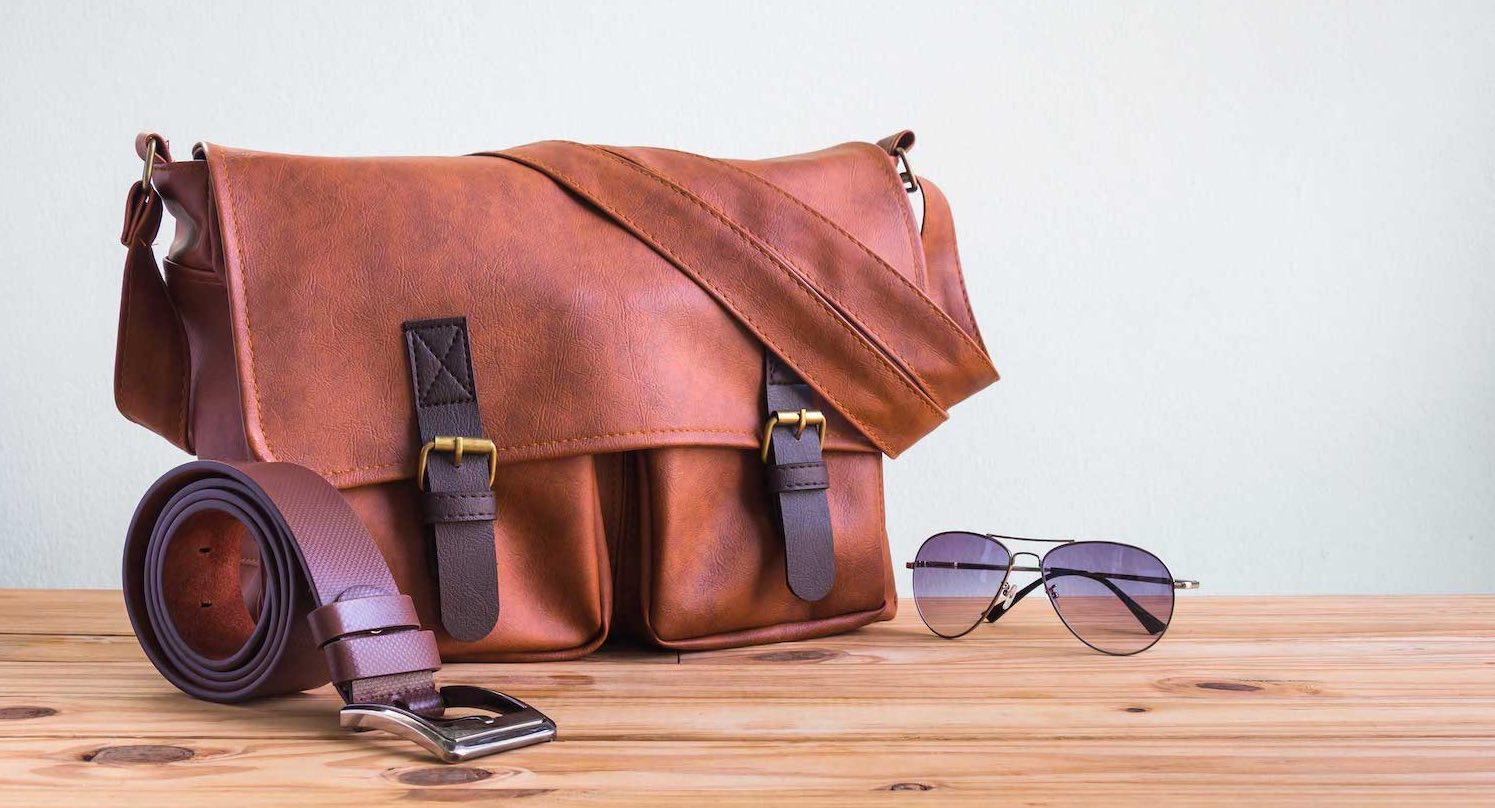
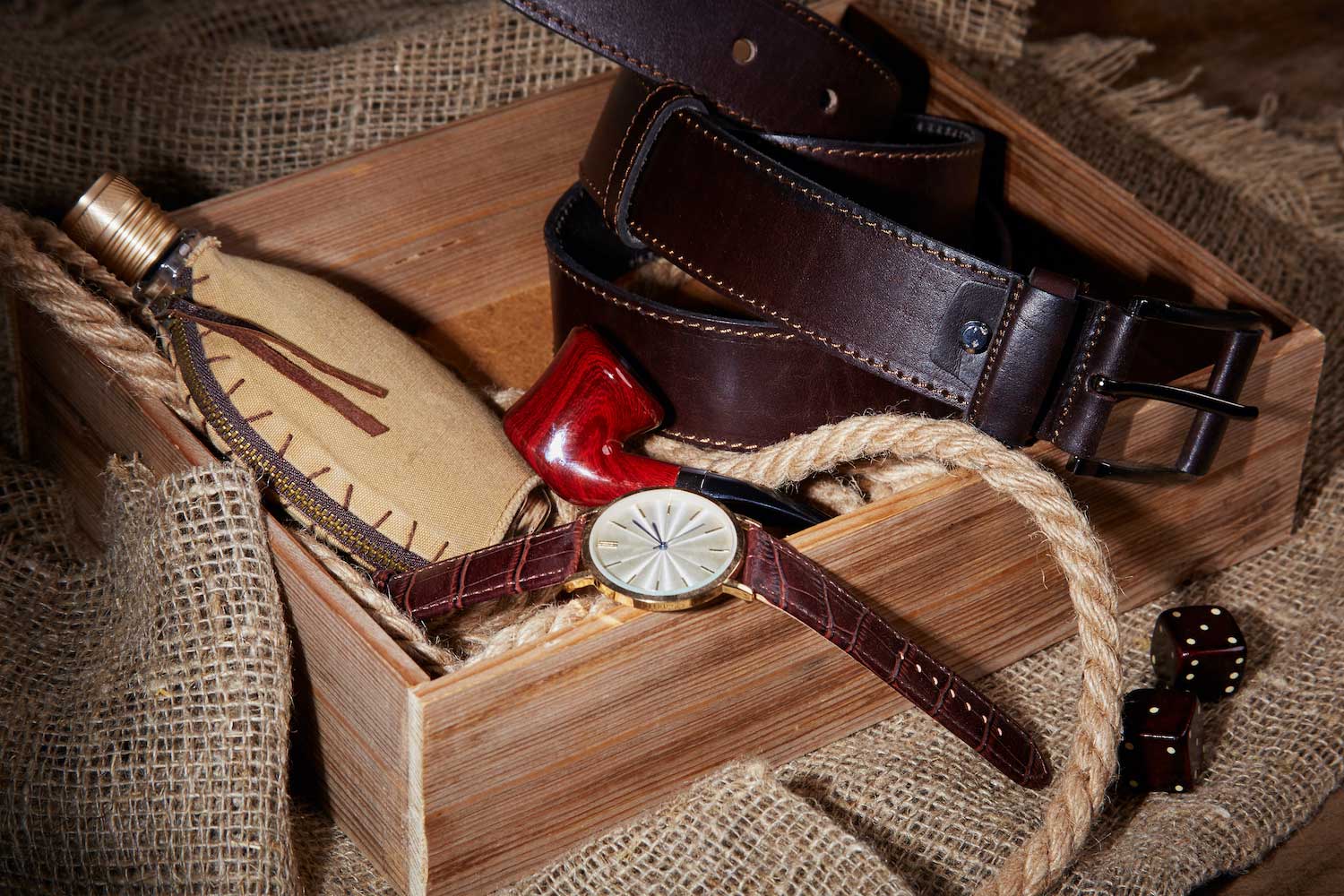







































































































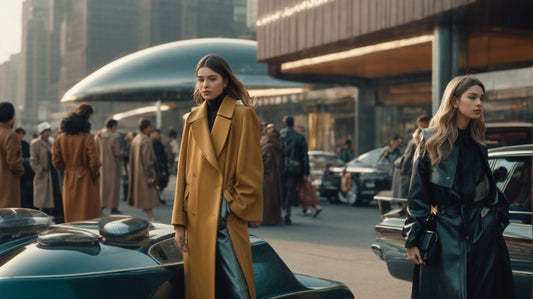
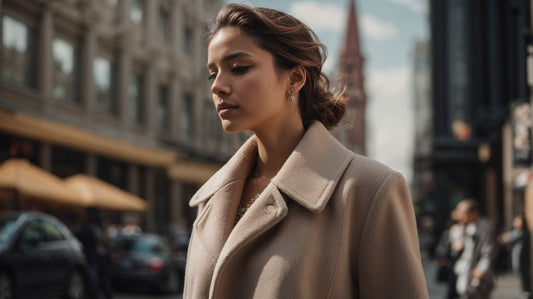

























































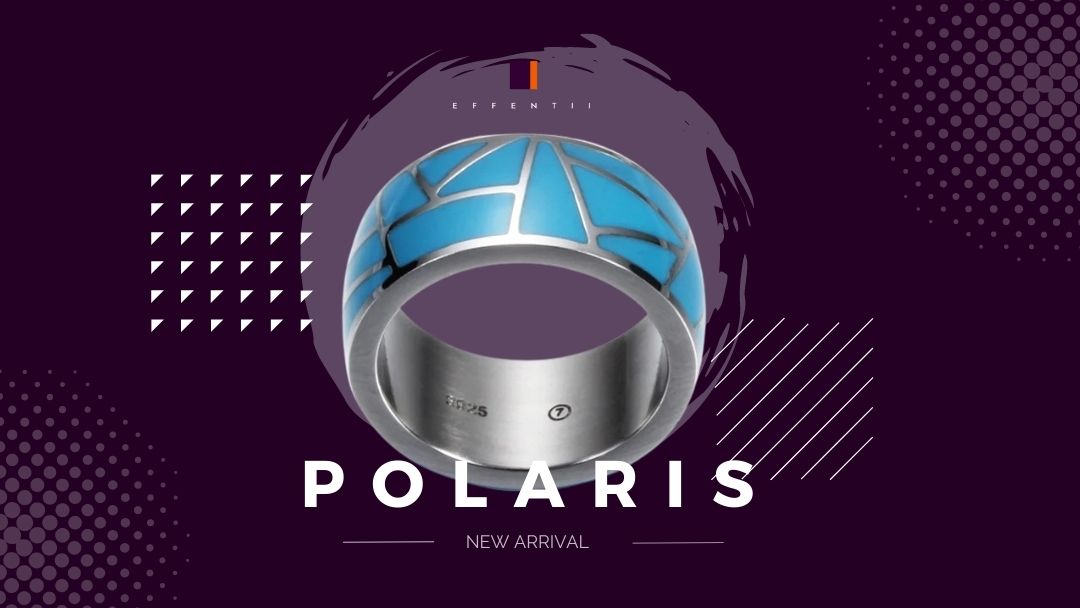
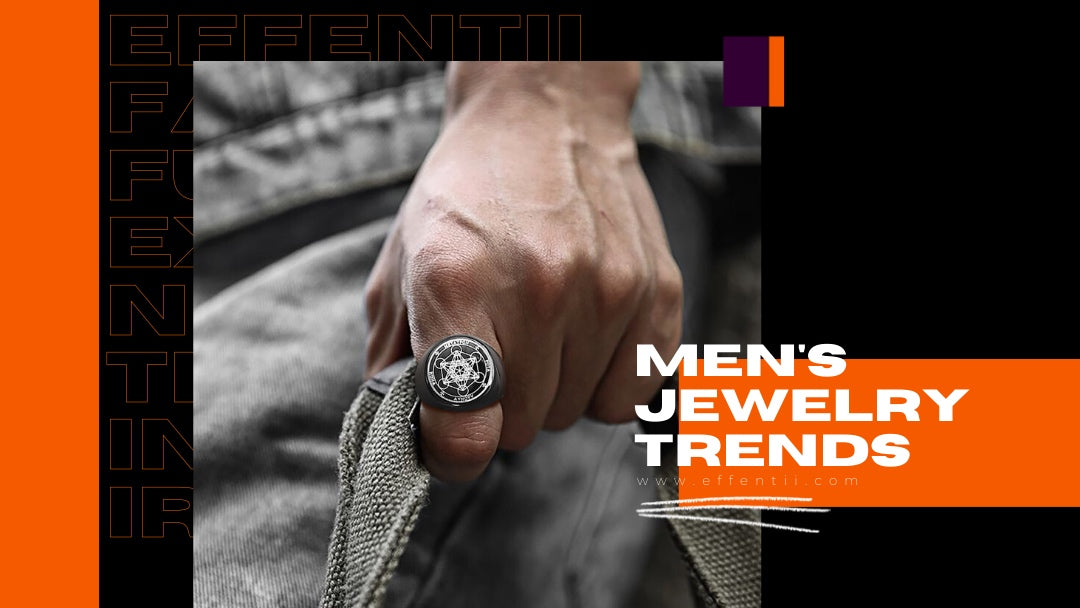
0 comments